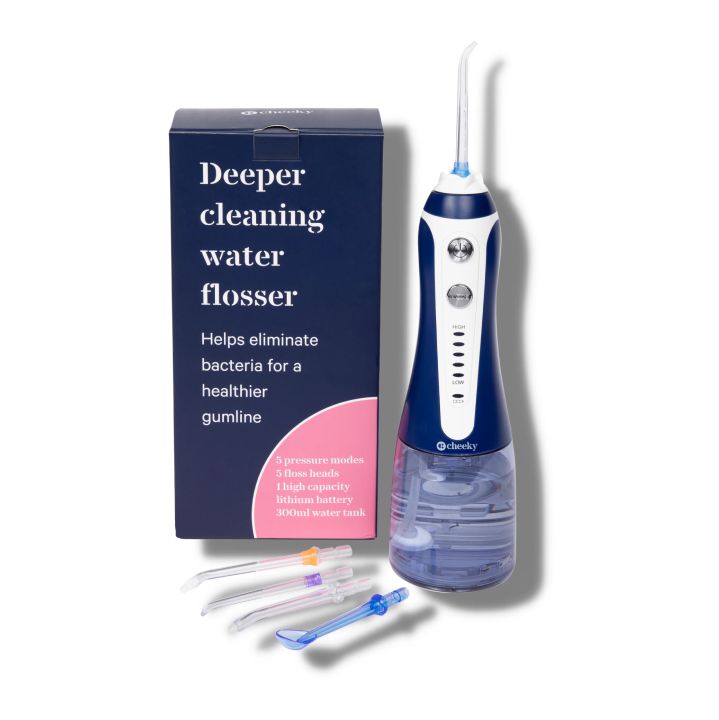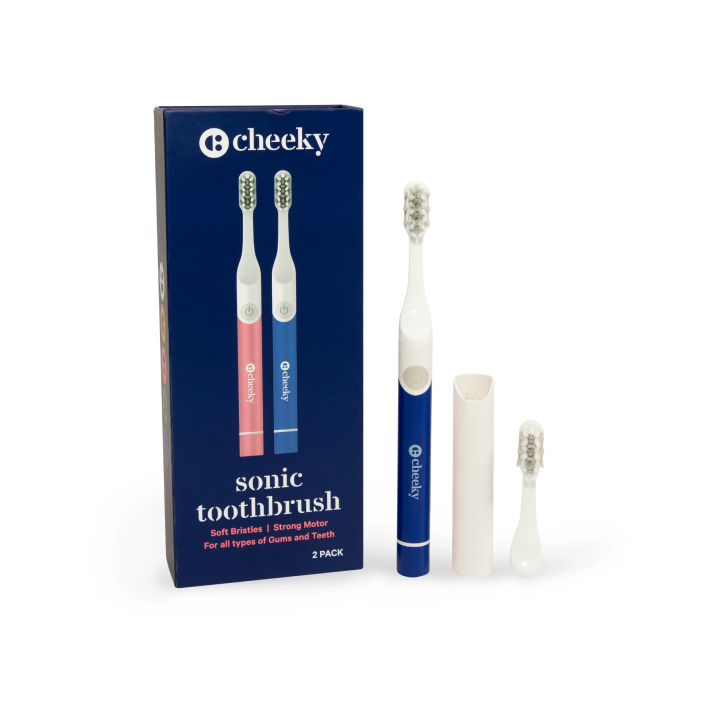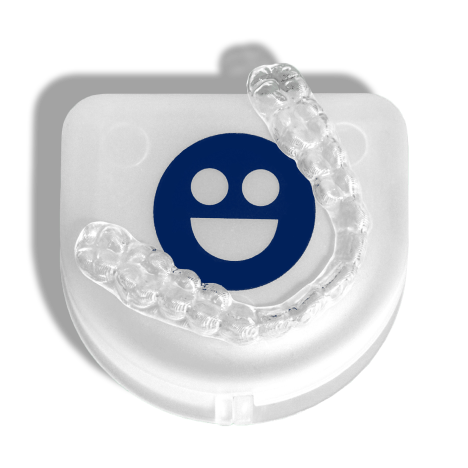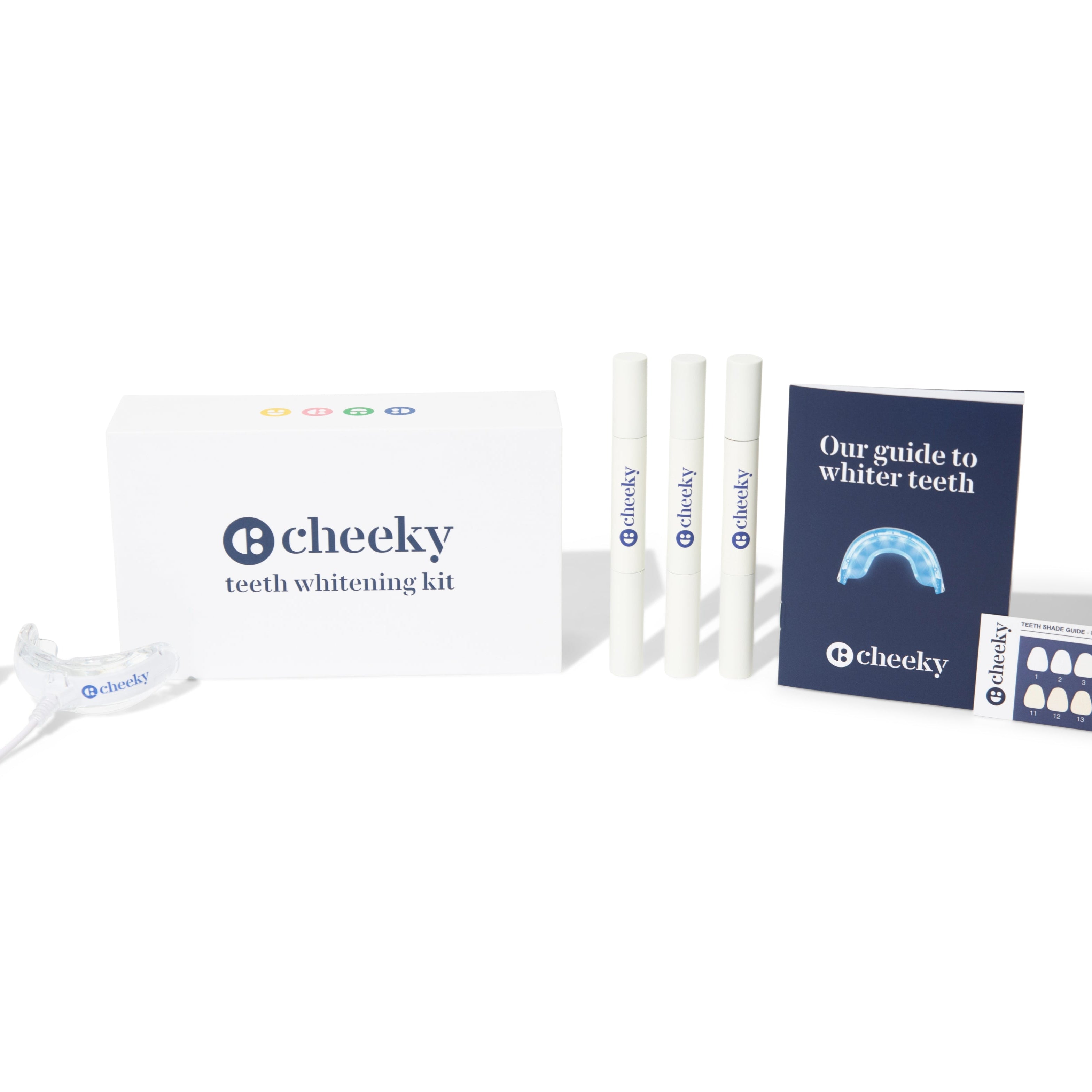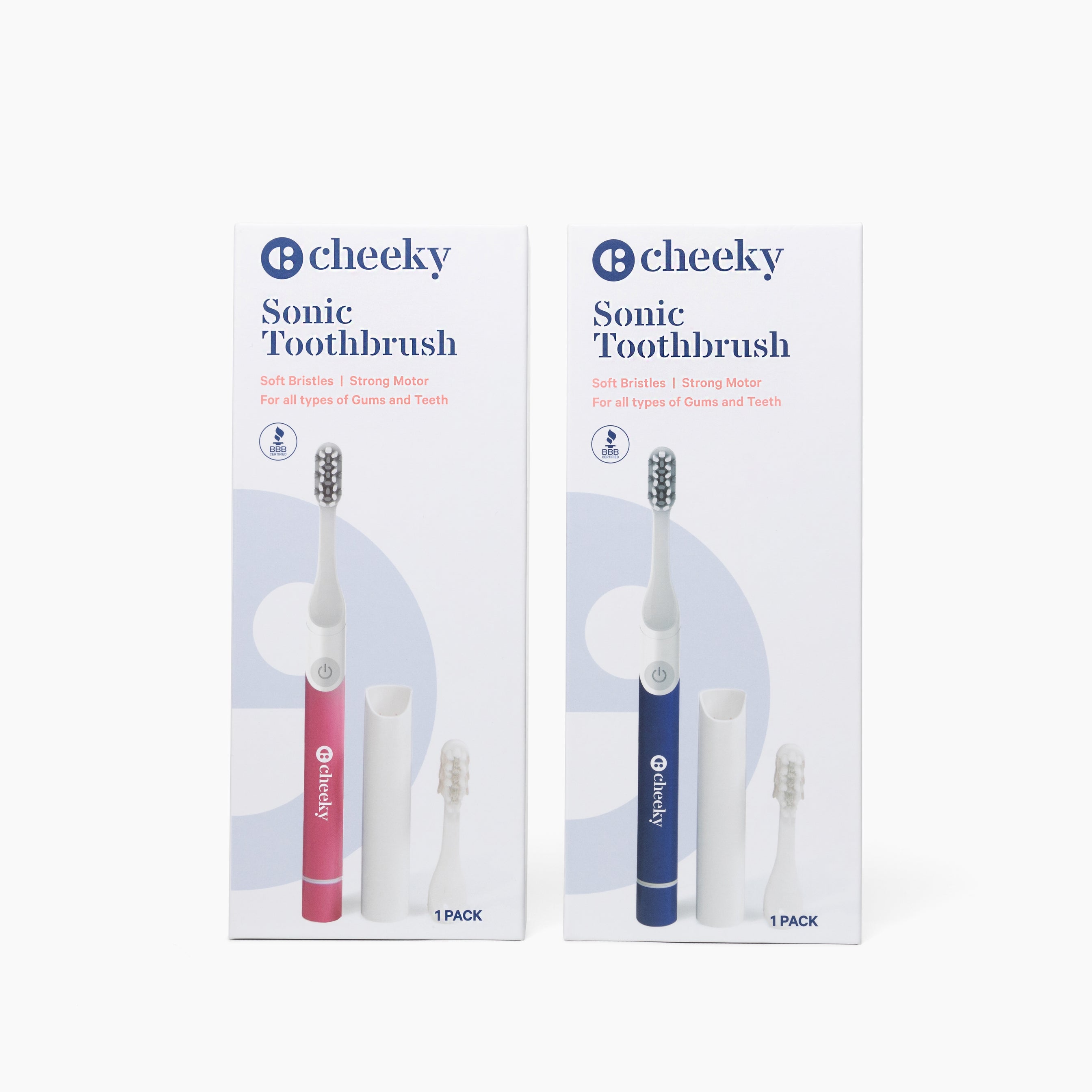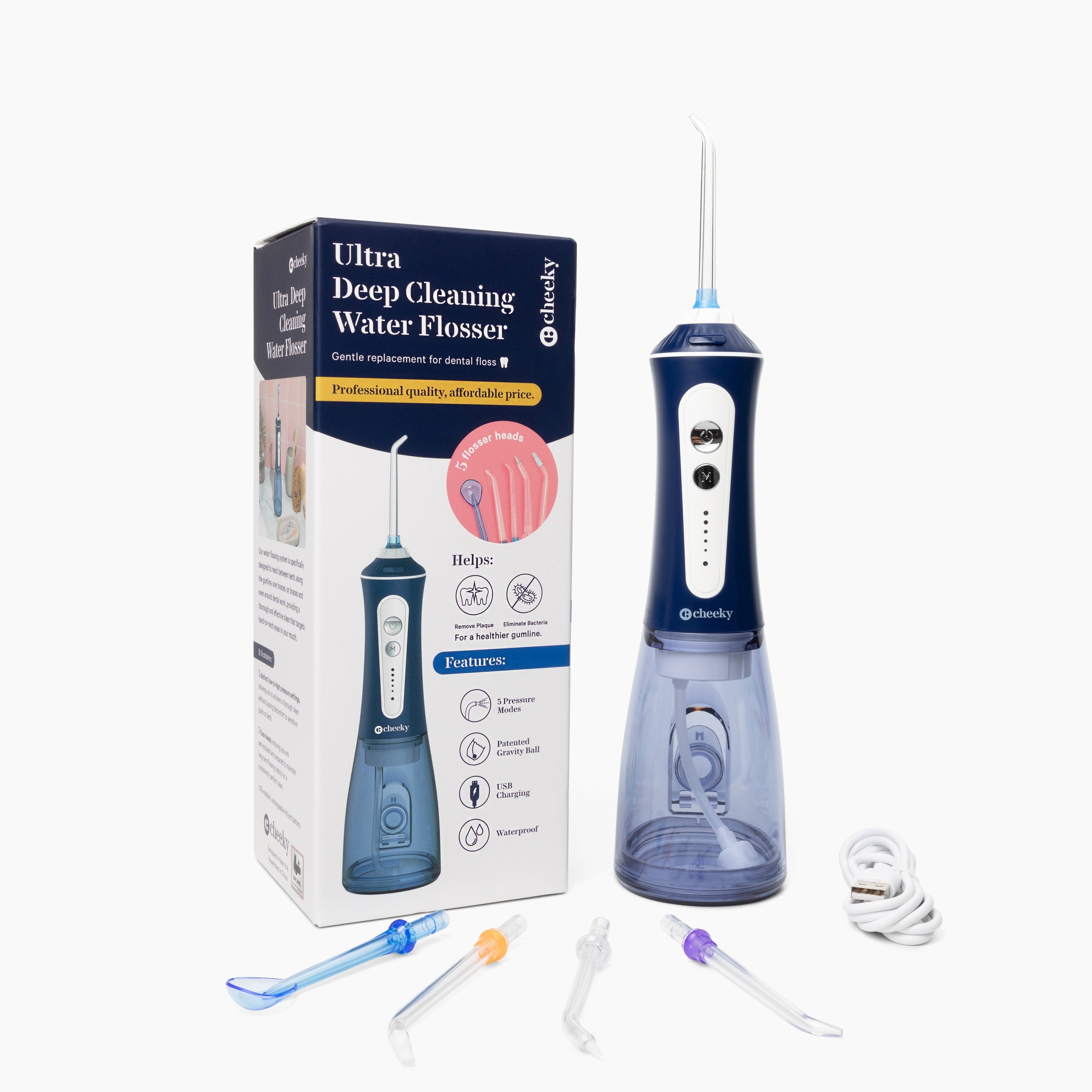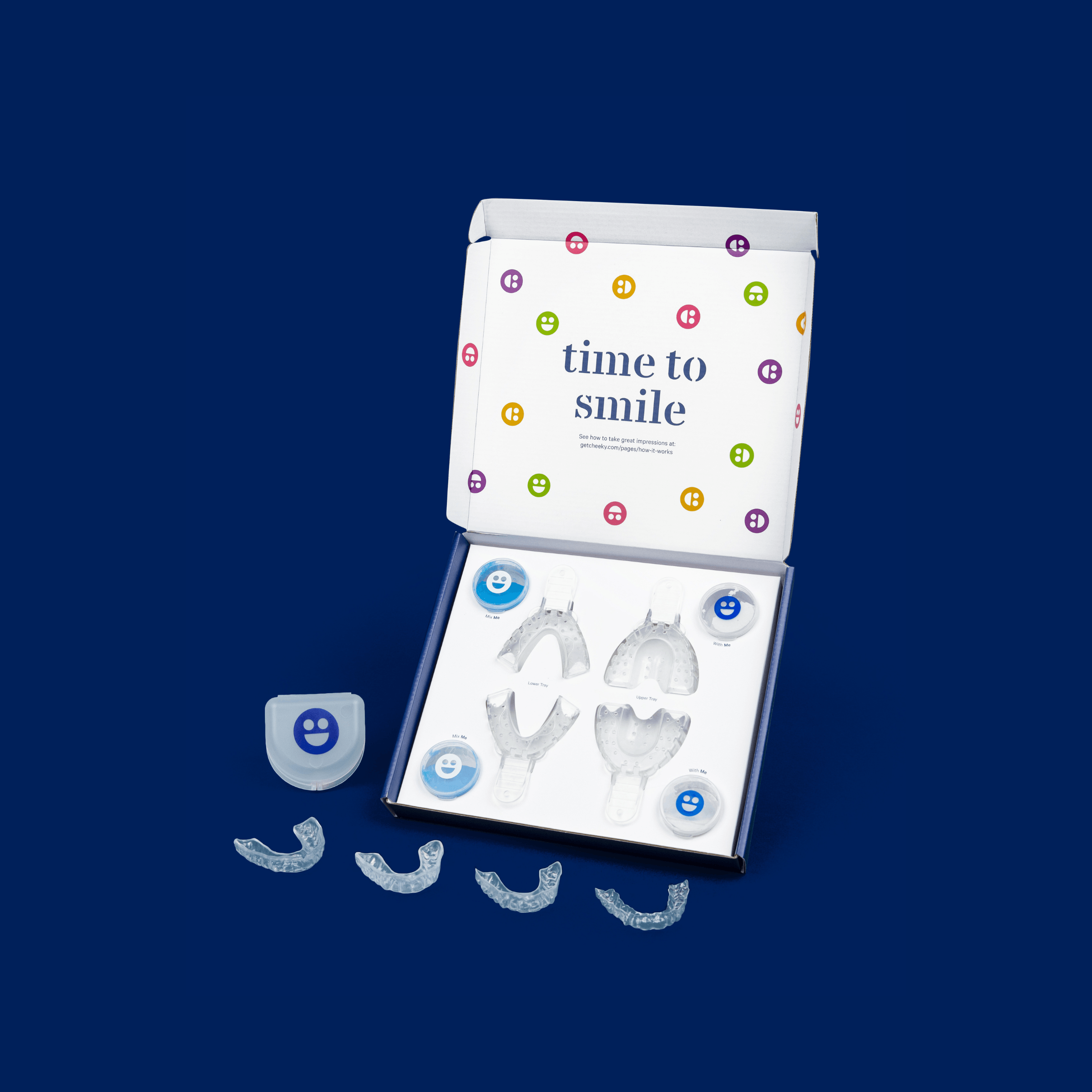If you’re dealing with pain caused by bruxism (teeth grinding) or a temporomandibular joint disorder (TMJ or TMD), you might think that the best course of action is just to stick it out. Maybe you’ve been feeling extra stressed lately, and you chalk up the pain to a side effect. It’s no big deal; nothing a bit of ibuprofen can’t help, right?
While the pain associated with bruxism and TMD will go away, it’s extremely rare for the complications to disappear entirely in adults without the proper treatment. Plus, bruxism and TMD can lead to more severe consequences when left unchecked.
Will TMD and Bruxism Go Away Without Treatment?
It can, but it’s highly unlikely.
Bruxism and TMD are often side effects of a greater issue, so if you resolve the underlying cause of the tension, your symptoms may go away.
Depending on the cause of your bruxism or TMD, that could take some time. Treating both TMD and bruxism is relatively easy, and you can start noticing a difference within a day or two.
Bruxism
Bruxism, the fancy word for teeth grinding, is totally normal in adults. When you’re awake, you can usually catch yourself when you’re clenching your teeth together. But bruxism becomes a bigger problem if you grind in your sleep.
Common Causes of Bruxism Symptoms of Bruxism
Bruxism is usually a side effect of another health issue. Some of the leading causes of bruxism include:
- Stress, anxiety, depression, or other mental health issues
- Bite misalignment
- Excessive alcohol or caffeine consumption
- Tobacco use
- Sleep apnea and other sleep disorders
- Parkinson’s disease and other neurological disorders
- Antidepressants or other medications
Symptoms of Bruxism
Signs of chronic bruxing include:
- Myofascial pain
- Jaw pain and stiffness
- Clicking, popping, or grinding noises when moving the jaw
- A dull headache
- Worn teeth
- Broken or loose fillings
- Sensitive, loose, or broken teeth
Long Term Effects of Bruxism
Neglecting to treat your bruxism can lead to:
- Tooth sensitivity because of worn enamel
- Cracked or chipped teeth
- Gum inflammation or bleeding
- Damage to crowns or fillings
- Flattened or shortened teeth
- Tooth loss
- Damage to jaw joints
- Loose or fractured teeth
- TMJ
Diagnosing Bruxism
If you think you may be grinding your teeth, it’s best to visit your dentist. They’ll be able to perform an exam to tell whether you’ve been experiencing sleep bruxism. Your dentist will check for:
- Worn tooth enamel
- Flattened, fractured, or chipped teeth
- Enlarged jaw muscles
- Loose or damaged crowns and fillings
TMD
While most people refer to jaw joint disorders as “TMJ,” “TMJ” actually stands for
“temporomandibular joint.” “TMD” is the correct acronym for “temporomandibular joint disorder.”
Common Causes of TMD
TMD is rarely a standalone issue. Some of the common causes of TMJ tension that lead to TMD include:
- Trauma to the head or jaw
- Arthritis
- Sleep bruxism
- Autoimmune diseases
- Dental surgery
- Genetics
- Hormone imbalance
- Activities involving the head or jaw (for example, violinists have a higher rate of TMD because they use their jaw to hold their instrument in place)
TMD occurs when your TMJs and the other muscles in your jaw get knocked out of alignment.
Symptoms of TMD
Signs of TMD include:
- Myofascial pain
- Ear pain
- Headaches, neck aches, or backaches
- Popping, clicking, or grinding noises when eating, talking, or moving the jaw
- Buzzing, ringing, or numbness in the ears
- Restricted movement of the jaw
Long Term Effects of TMD
Neglecting to treat TMD can lead to:
- Chronic migraines
- Muscle fatigue
- Hearing damage or loss
- Joint damage and inflammation
- An airway sleep disorder
- Flattened, shortened, cracked, or chipped teeth
- Tooth loss
Diagnosing TMD
Diagnosing TMD is pretty straightforward, and your doctor or dentist will evaluate your health history, perform a physical exam, and possibly run an imaging test.
Your doctor may want to discuss your health history when diagnosing TMD because 85% of people with TMJ also experience chronic pain or non-pain conditions in other parts of the body. Commonly overlapping conditions are known as “comorbid,” and scientists have identified over 30 health conditions that can coexist with TMJ, including:
|
Ankylosing spondylitis |
Asthma |
Back, neck, and joint pain |
|
Chronic fatigue syndrome |
Ehlers-Danlos syndrome |
Endometriosis |
|
Fibromyalgia |
Irritable bowel syndrome |
Headaches |
|
Heart disease |
Hypertension |
Interstitial cystitis |
|
Juvenile idiopathic arthritis |
Neural/sensory conditions |
Osteoarthritis |
|
Poor nutrition |
Psoriatic arthritis |
Respiratory conditions (sinus trouble, allergies, hives, TB, breathing difficulties, etc.) |
|
Rheumatoid arthritis |
Sinusitis |
Sjogren’s syndrome |
|
Sleep disorders (insomnia, poor sleep quality, longer sleep latency, lower sleep efficiency, etc.) |
Somatic and psychological symptoms (depression, anxiety, PTSD, etc.) |
Systemic lupus erythematosus |
|
Tinnitus |
Vertigo |
Vulvodynia |
Treating Bruxism and TMD
Since TMD and bruxism go hand in hand and affect the same area, their treatments are identical.
You know, killing two birds with one stone, and all that.
There are multiple treatment options for bruxism and TMD, and some are more invasive than others. You may want to discuss treatment options with your doctor or dentist before trying one of the less holistic methods.
Mouthguards
Mouthguards are one of the most effective ways to treat bruxism and TMD because they prevent grinding and clenching. Custom guards are beneficial for those who unconsciously clench or grind while they sleep because they absorb the bite force and protect your teeth.
Depending on the severity of your TMD, your dentist may recommend a specialized guard to realign your jaw and bite.
If you’re treating bruxism, you have a few more options. You can either get a custom mouthguard through your dentist or order one online for significantly less.
Botox
Targeted botox injections can relax your jaw muscles to relieve pain and prevent clenching.
Muscle Relaxants
If you don’t want to go the Botox route, you can talk to your doctor about prescription muscle relaxers to alleviate the tension in your jaw and face.
Stress Management
Since there’s a strong connection between stress and bruxism and TMD, it’s best to try some stress management techniques such as meditation or exercise to reduce your stress levels.
Lifestyle Changes
To say goodbye to bruxism and TMJ for good, you may need to make significant lifestyle changes. This could mean reducing your alcohol, caffeine, or tobacco intake, limiting tough foods in your diet, or working on the quality of your sleep.
The Easy Way to Take Care of Bruxism and TMD
Cheeky makes it easy and affordable to say sayonara to the pain and tension accompanying TMD and bruxism. Our custom nightguards will give you the best night of sleep you’ve had in months.
Pick your plan and customize your nightguard with Cheeky today.
